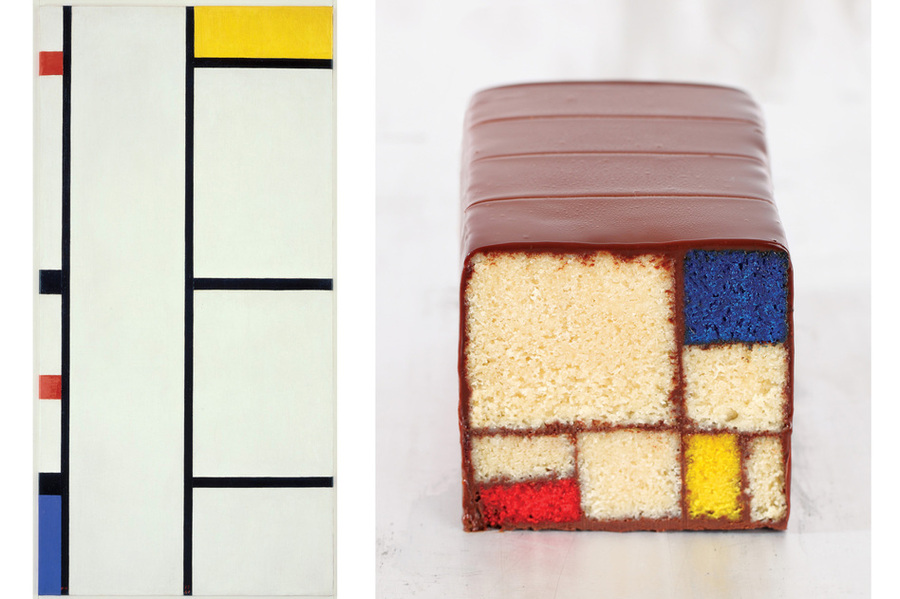Indian Flatbread Recipe: the difference between a great piece of chapati and regular tasting chapati lies in techniques
Gammy Dodger stashed this in Things that should get eaten
http://rasamalaysia.com/chapati-recipe/2/
Chapati Recipe
Ingredients:
2 cups whole wheat flour (or stone ground drum-wheat also known as “Atta”) 1 cup water (approximately) 1 teaspoon salt Little extra flour in a shallow plate or pie dish to help with coating and dusting while rolling the chapattis
Method:
Sieve the flour, add salt to it and mix well. Place the flour in a large bowl and add ¾ cup of water. Stir lightly with fingers in a circular motion till the flour start to gather. Add 1-2 tablespoons of more flour if the dough looks too sticky or add little more water if it looks too dry and firm.
Knead the flour until you have soft and pliable dough that does not stick to your fingers. You can put little oil on your hand while kneading the dough to help with kneading. Cover with plastic wrap and let the dough rest for minimum 1 hour at room temperature. If keeping for longer period store the dough in refrigerator and make sure to bring it back to room temperature before using it.

Once ready to make chapatis, heat the griddle over medium-high heat. Divide the dough into 10-12 equal-sized balls and start working with each ball separately. Place the bowl in dry flour and flatten it a bit with help of finger tips. Transfer the flatten ball to any clean flat surface and with help of rolling pin, roll it into approx. 6-7 inch circle of uniform thickness. While rolling the chapati if the dough sticks to the rolling surface, dust it and the surface lightly with little flour.
Place the rolled chapati on the hot griddle and cook for 30 seconds or until tiny golden dots appear on the bottom, flip over to the other side. Once the other side is also covered with larger brown dots, turn it over again. Soon the chapati will start to puff up. With the help of a folded kitchen towel press gently on the puffed part, gently pushing the air to the flatten part of chapati until the whole chapati puffs up into a round ball (don’t get disheartened if your chapati doesn’t puff up like a ball, it will still taste as delicious as the puffed on. It may take a little practice to get perfectly puffed chapatis). You can puff up the chapati on direct flame too.
Transfer the cooked chapatis to the plate, if you want to baste it with little butter or ghee and serve hot.
Which of these techniques results in great vs regular?
Hi Joyce - I needed to think a little more to be able to write down what I do from 'muscle memory' - to augment that recipe:
1. When you add the water add it little by little so the flour takes it up as you are kneading.
2. Keep kneading - but don't let the dough become very sticky - it should not stick to the sides as you are kneading. Get the dough soft when you poke your finger in. I'll knead for about 10 minutes, quite vigorously.
3. Refrigerate the dough before using it - this will ensure that it is a little harder and can be rolled out properly. My chapatis are never round, although friend's mom's would use a tiny rolling pin that is fatter at the center - if there is enough flour on the board, and you put pressure on one side, the chapati spins as you roll leaving a near perfect circle.
4. As you cook them on the flat iron griddle, pressing with a towel (or wooden spatula) as they cook will get them to puff.
5. As soon as they come off the heat butter them lightly (I like to use a salted butter) and then cover them to keep them warm (I wrap them stacked in clean dishcloth)
That's more or less it.













9:20 PM Aug 26 2013